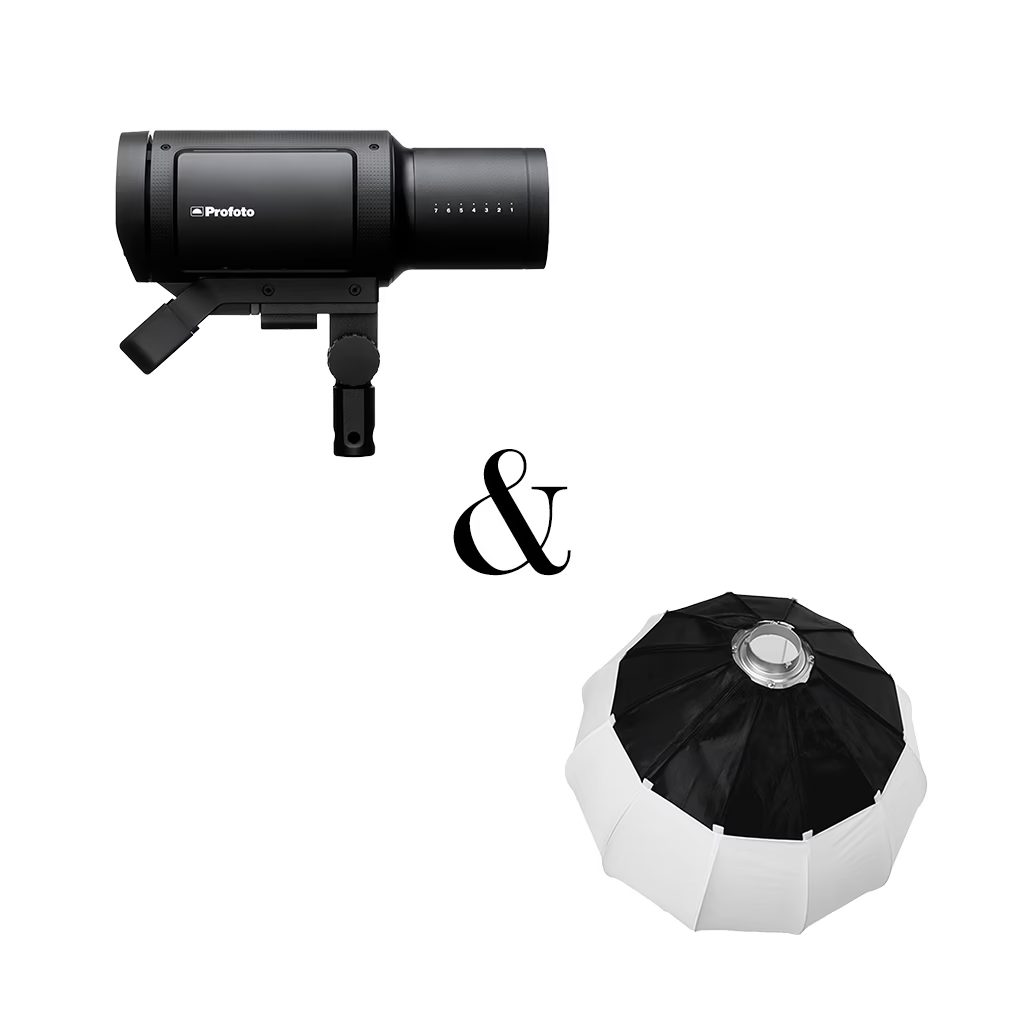Why Flash Is Essential for High-End Real Estate Photography in London
In the hyper-competitive world of London property photography — from £350,000 apartments to £11 million penthouses — delivering professional, clean, high-end images is no longer optional. One of the most important tools for achieving premium results is the use of professional flash lighting.

The Challenge: Mixed Light Sources
Most London properties feature a mix of:
- Warm incandescent bulbs in living rooms and bedrooms
- Cool LED spotlights in kitchens and bathrooms
- Varying levels of daylight through windows
This produces a chaotic combination of different colour temperatures — which no camera sensor or software can balance perfectly without additional light control. Even luxury developments and modern show homes often suffer from mixed lighting conditions.
Why Flash Is Critically Important
Flash in real estate photography isn't just about overpowering existing lighting — it's about control and precision. Professional property photographers typically create two key exposures for each frame:
1️⃣ A naturally lit ambient exposure with subtle flash fill:
The first frame captures the room's natural daylight and existing ambient lighting, using flash only to gently lift shadows and reveal details in darker areas. This preserves the authentic mood of window light and natural gradients while ensuring no important features are lost in shadow.
2️⃣ A flash-dominant exposure for clean, balanced colour:
The second frame uses a more powerful, but still soft, flash burst to overpower both natural and artificial lighting in the space. This creates a frame with neutral, consistent colour temperature and eliminates colour contamination from mixed light sources.
In post-production, these exposures are blended together:
- The ambient frame provides natural luminance, texture, and atmosphere.
- The flash-dominant frame is overlaid in 'Color' blend mode in Photoshop, delivering clean, accurate colour information while preserving the lightness and gradients of the ambient shot beneath.
Important workflow tip:
Before blending, always use Photoshop's 'Auto-Align Layers' function to precisely match both frames. After aligning, set the top layer's blend mode to 'Difference' temporarily to visually check for perfect alignment — the image should appear nearly black if perfectly matched. Correct any misalignment before proceeding.
This technique neutralises unwanted yellow, blue, or green colour casts caused by mixed lighting and produces a final image with natural-looking brightness and perfectly balanced, unified colour throughout the entire frame.
Additionally, you can adjust the opacity of the colour layer to fine-tune the strength and clarity of the corrected colour temperature, giving you full creative control over the final look.
The Necessity of Soft Light Modifiers
A bare flash creates hard shadows and harsh light. To achieve premium, soft, and natural results, photographers use soft light modifiers — especially lantern softboxes or large diffused umbrellas.
A lantern softbox diffuses light evenly in 360°, simulating soft, natural daylight, illuminating corners and ceilings without leaving sharp shadows. It provides a beautifully balanced fill light across open-plan spaces and helps retain texture and depth while controlling overall colour temperature.
Why Power Matters: Minimum 300W, Ideally 600W
A typical mistake is underestimating the power needed to light large rooms, especially when the aim is to overpower daylight and room lighting.
A 600W strobe flash (like the Godox AD600 Pro or Profoto B1X) ensures you can light distant walls, overcome window light, and shoot through a large softbox while still retaining effective flash power.
- 600W+ is essential for bright open-plan living spaces and houses with floor-to-ceiling glazing.
- 300W may work for smaller interiors but is often insufficient for bigger properties or heavily daylight-flooded rooms.
The Commercial Advantage
Investing in professional lighting isn't just about the visuals — it's about business results:
- Increased online listing engagement through better images
- Reduced time on market for listings
- Perceived value uplift in property presentation
- Reinforced brand quality for estate agents and developers
In the London market, where hundreds of listings compete for attention daily, clean, colour-accurate, professionally lit photos are not a luxury — they're a commercial necessity.
Final Word
Whether you're shooting a £950,000 Shoreditch loft or a £9 million Chelsea townhouse, equipping your photographers with a 600W flash, a lantern softbox, and a colour-consistent workflow is no longer optional. It's the only reliable way to deliver the clean, premium, colour-perfect photography today's clients and platforms demand.


